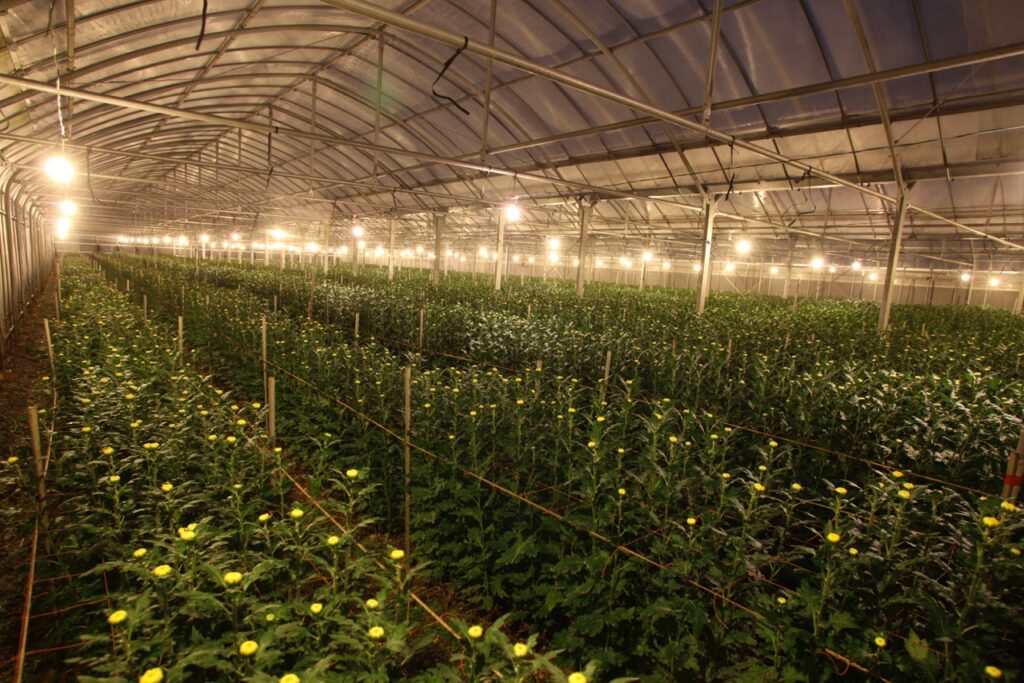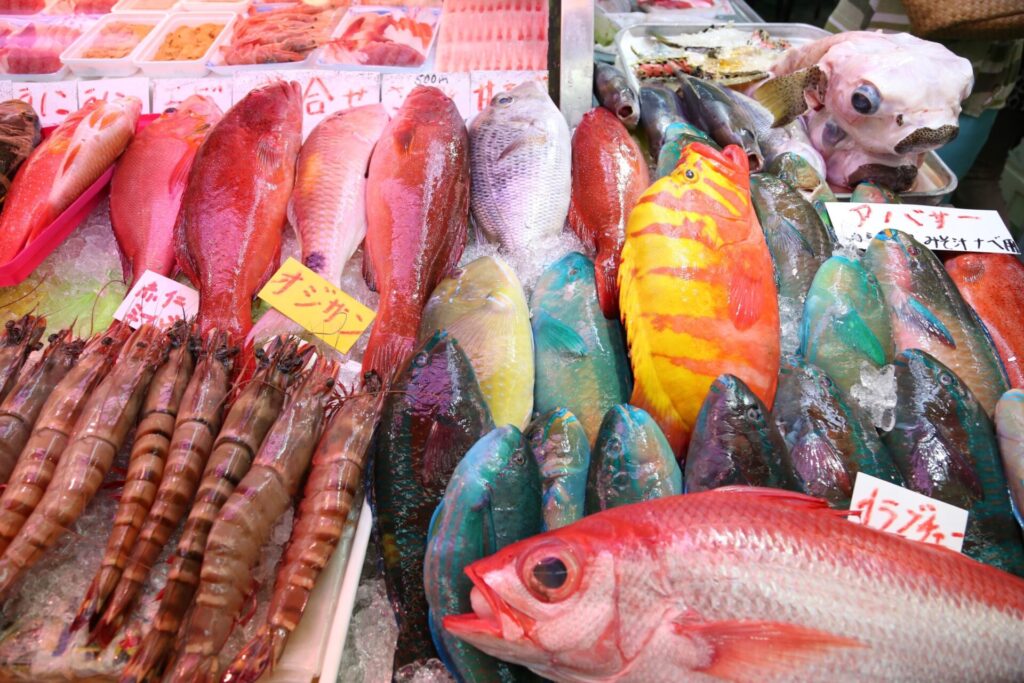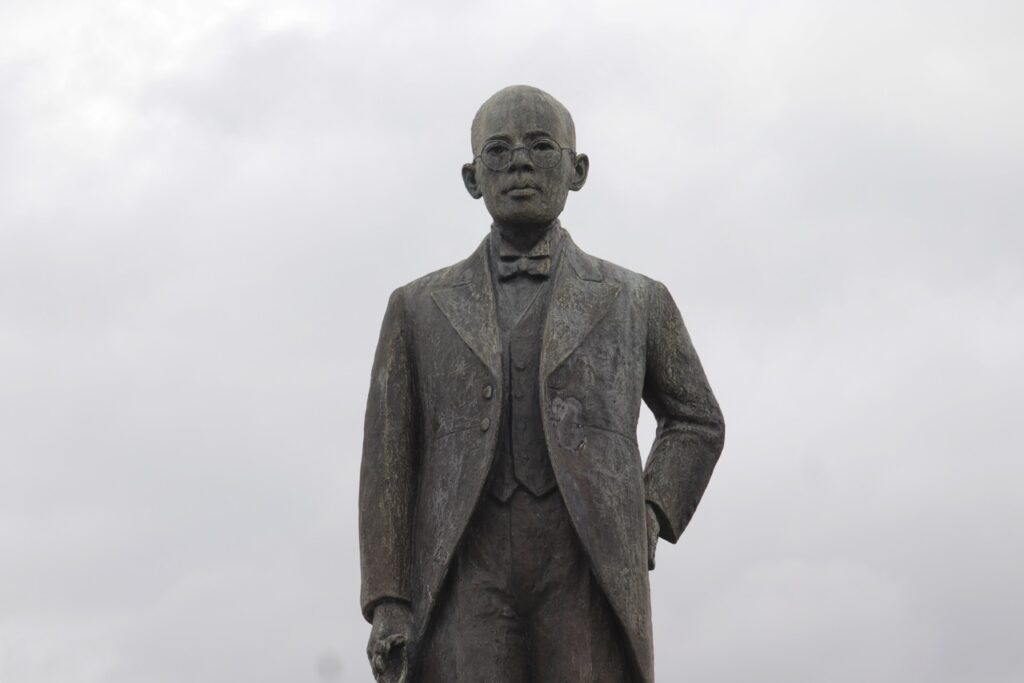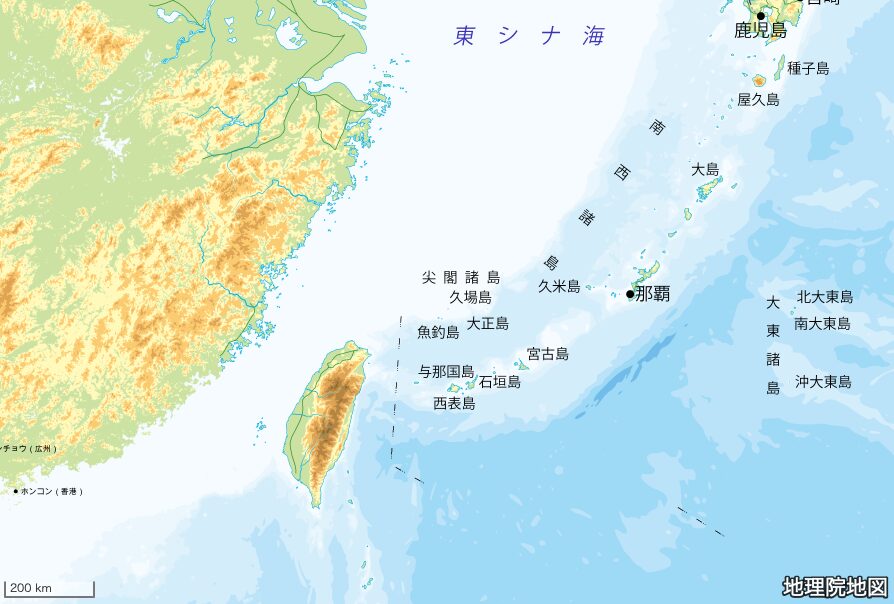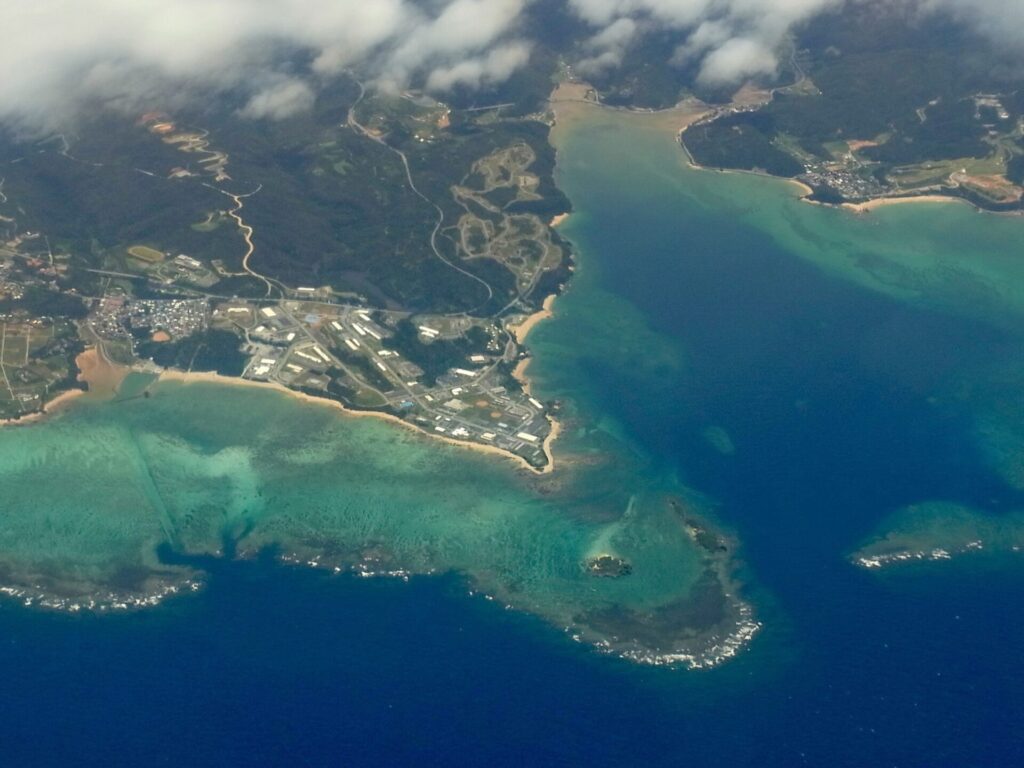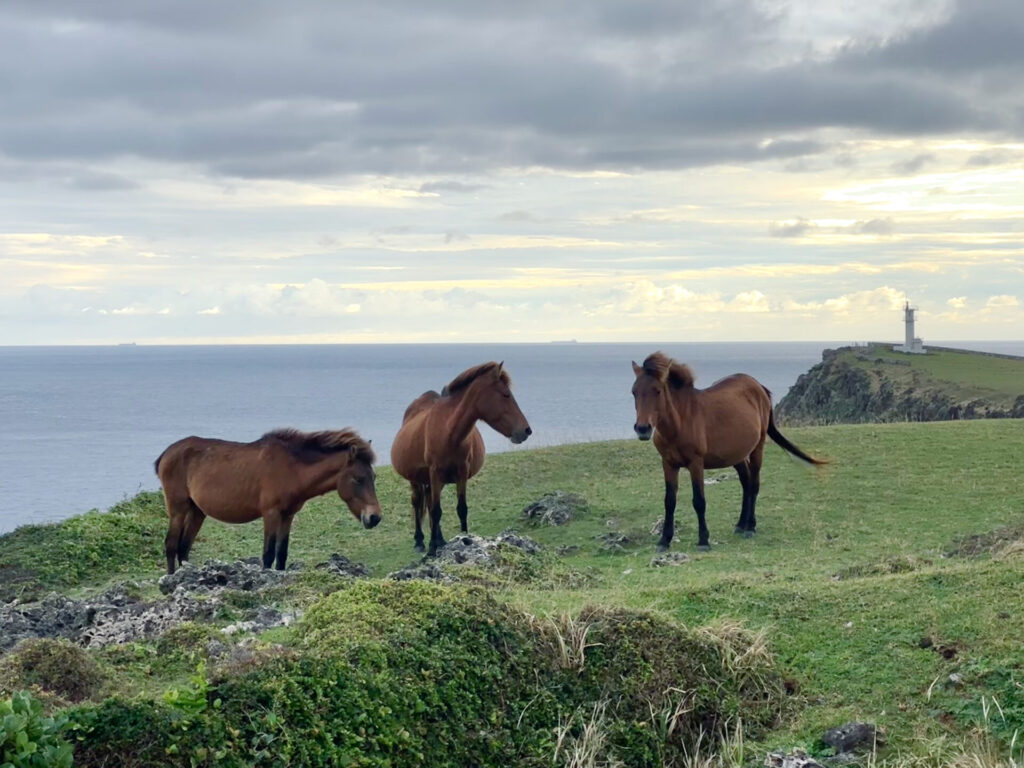Ryukyu Wild Boar

An outstanding beast among the land animals of Okinawa—Ryukyu wild boar. Despite it being rather significant in size, not many are interested in this animal. In areas they inhabit, the farmlands suffer some damage but they still live in symbiosis with men even today. In other regions, most would answer “Boars? Yes, I may have heard of them.” I myself used to know nothing about the relationship between these animals and men.
I began to learn more when I took part in the “Wild Boar Summit in Yanbaru-Oku” held in 1995, in the Oku village at the northern end of the main island of Okinawa. The host was “Yanbaru Wild Boar Seminar”—a gathering of people who are interested in the folk customs of Yanbaru, people who actually hunt wild boars, people whose farms were damaged by wild boars, and others. An academic forum where wild boar researchers have gathered from Okinawa and mainland Japan, as well as a yuntaku (chat) forum for the people who are concerned about wild boars in the daily life of Amami and Okinawa were held together. It must have been the largest and the most up-to-date meeting concerning the wild boars. On the first day, wild boar soup was served while people listened to the lectures held in a hall the size of a community center with a keen interest. A tour of the mountains was conducted the following day, to visit some parts of the wild boar wall. Built ten-odd kilometers long, it surrounded the village just like the Great Wall of China. Stones were piled carefully along the complex ruggedness of the mountains—enough to realize the gravity of wild boar dilemma and the strong unity of this village. Most of the stones used were brought from the village seashore. It was an event that led me to absorb knowledge about the wild boars in Okinawa without strain. So are many events in Okinawa; rich in content, yet welcoming even to the amateurs.
Ryukyu wild boars (also called yamashishi) inhabit Amami Oshima, Kakeroma Island, Uke Island, Tokunoshima, the main island of Okinawa, Ishigaki Island, and Iriomote Island. Along with the Japanese boar, they are said to be a subspecies of the continental wild boar. A further genetic variance has been recently indicated in the Amami/Okinawa group and Ishigaki/Iriomote group. Either group is sized about 60~70 kilograms at the most, which is smaller compared to the Japanese boars. They live in mountainous regions and ruin farmlands repeatedly. On the main island of Okinawa, their habitat is the Yanbaru region north of Onna village and Kin town except the Motobu Peninsula. In this region, about a hundred are assumed to be caught every year for harmful mammal control, hunting, or traps. They not only damage farms on the ground level but also can eat tangerines while standing on their hind legs. They may be active but are sensitive as well. When branches are placed by a man on their uji (wild boar trail), they would avoid it for a while—a trait which is used to hunt them with traps. According to the mountaineers, their number seems to be lessening, although not to a level at which they should be protected. In recent years, people are concerned that wild stray dogs have been attacking uribō (baby boars).1
Editor’s Note:
- According to the Red List of 2020 by the Department of the Environment of Japan, Ryukyu wild boars of Tokunoshima are classified as “Endangered Local Population.”







